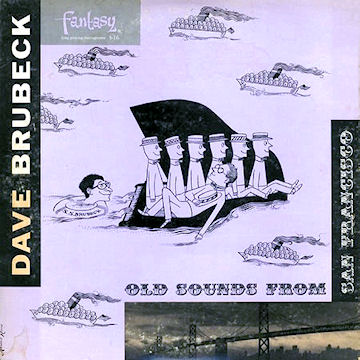

Gordon's best-known Blue Note is the excellent Go!, but this was recorded just two days later, with the same lineup (including one of my favourite pianists, Sonny Clark) and is just as good. The arrangements are by Duke Pearson (whose own Blue Note albums are well worth checking out, too).ĭUKE PEARSON: Wahoo!, The Right Touch, and Sweet Honey BeeĪ good pianist, very good composer, and fantastic arranger. Anyway, it crackles with energy and shows Mobley evolving: working with younger, 'edgier' players like McCoy Tyner, and a bigger band, with an unusual lineup including tuba and euphonium. A Slice of (not 'off') the Top (don't ask me why) is pretty obscure, maybe because it was recorded in 1966 but not released until 1979.

Mobley's most acclaimed albums are the earlier Roll Call, Workout, and Soul Station, which are all great. Gene Harris is a worthy scion of that royal family of funky piano men of which Horace Silver is the king, and Bobby Timmons and Ramsey Lewis the other princes. THE THREE SOUNDS: The Best of The Three Sounds and Live at the 'It' ClubĪ piano/bass/drums trio, these guys were on a million jukeboxes back in the day, and are now largely forgotten, which is a shame. On the other hand, he's been the opposite of prolific (what would that be? Paltry? Parsimonious?) so I guess it's at least partly his own fault. It's a tour de force of jazz composition by someone whose obscurity is hard to understand. At least one of them was played by an actual junkie jazz musician hanging around waiting for a fix, alto saxophonist Jackie McLean, who also plays on this album.
#OLD BLUE SONG TRUMPET KNOTES MOVIE#
Redd is remembered, if at all, for his haunting score to the stage play and 1960 movie The Connection, about junkie jazz musicians hanging around waiting for a fix. Every track is written by Wayne Shorter, who at the time was well-established as the group's musical director, and on a creative roll which would soon spill over onto his first solo projects (the enduringly awesome Night Dreamer, JuJu, and Speak No Evil). One of the least-known Messengers albums, this one somehow got lost in the shuffle of their most hyperactively prolific period, but it's a gem. The one and only album as leader by a ubiquitous session drummer, this is way better than it ought to be: well-paced, lively, and interesting, with great playing by the likes of Stanley Turrentine on tenor and Wynton Kelly on piano.ĪRT BLAKEY & THE JAZZ MESSENGERS: Roots and Herbs This album is the best showcase of his writing and arranging – atmospheric, original, and without a dull moment. I love Sidewinder too, but this is compositionally more ambitious, shows more sides of Morgan's talent, and is a better overall album.ĭorham is less renowned as a trumpet player than he once was, but he was very good and his records hold up because he was also such a talented composer. Curses! Foiled again!)Īnyway, those are all great albums, but here are a few lesser-known ones I've enjoyed just as much. 2, and some years later, Rolling Stone magazine printed that cover side by side with my Body and Soul. (I did a Blue Note pastiche myself, of the album Sonny Rollins Vol. Others are known mainly for their stunning cover art, which has been much imitated: Kenny Burrell's Midnight Blue, Eric Dolphy's Out To Lunch, or Freddie Hubbard's Hub-Tones. Then there are influential albums beloved of musicians and critics, like Wayne Shorter's Speak No Evil or Herbie Hancock's Maiden Voyage. A few of the choices surprised me, but they're mostly the usual suspects albums so iconic that almost everyone with an interest in music is at least aware of them, like Coltrane's Blue Train, Lee Morgan's The Sidewinder, Art Blakey's Moanin', and Horace Silver's Song For My Father. One nice feature of Uncompromising Expression is that it regularly pauses its narrative to devote a double-page spread to one classic album.

This new tome does a bit (or quite a lot, really) of both, and though it's not as complete as its predecessors put together, it's pretty damn fine, and brings the story up to date. Of course I have the two previous books: Blue Note – The Album Cover Art, which gives you what seems like all, or most, of the approximately 500 covers designed by the great Reid Miles in the label's mid-50s – mid-60s Golden Age and Richard Cook's Blue Note Records: The Biography, which gives you the inside story of the label and its cast of characters. I've always been a Blue Note junkie, so you can imagine my delight when I came across a gorgeous, lavishly-illustrated, 85-dollar slab of a coffee table book called Uncompromising Expression, which charts the history of the label up to the present.


 0 kommentar(er)
0 kommentar(er)
